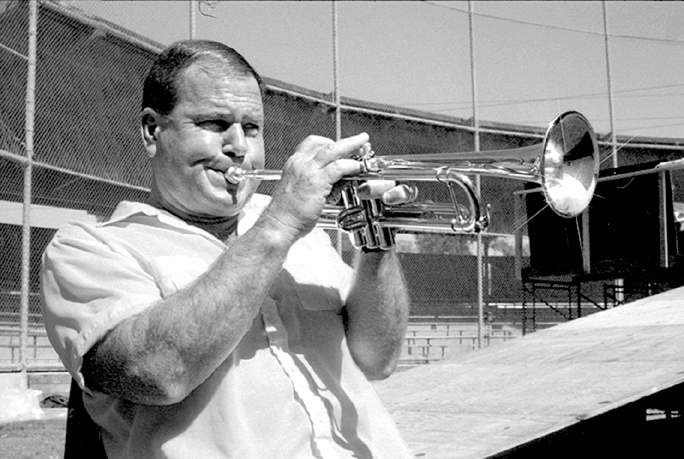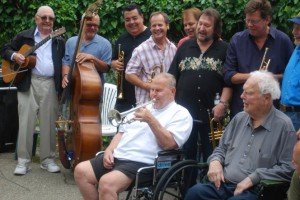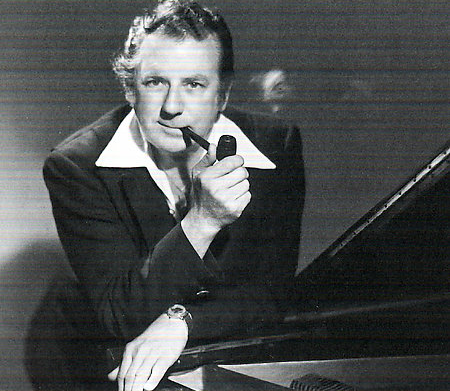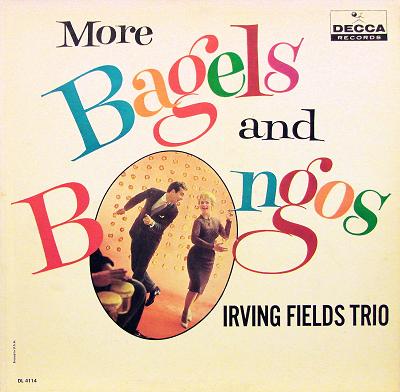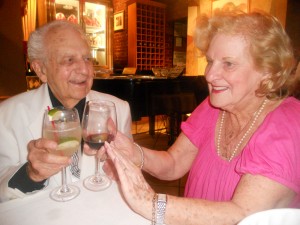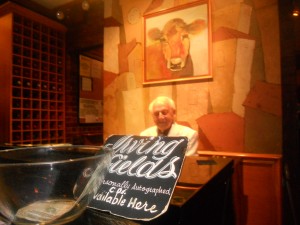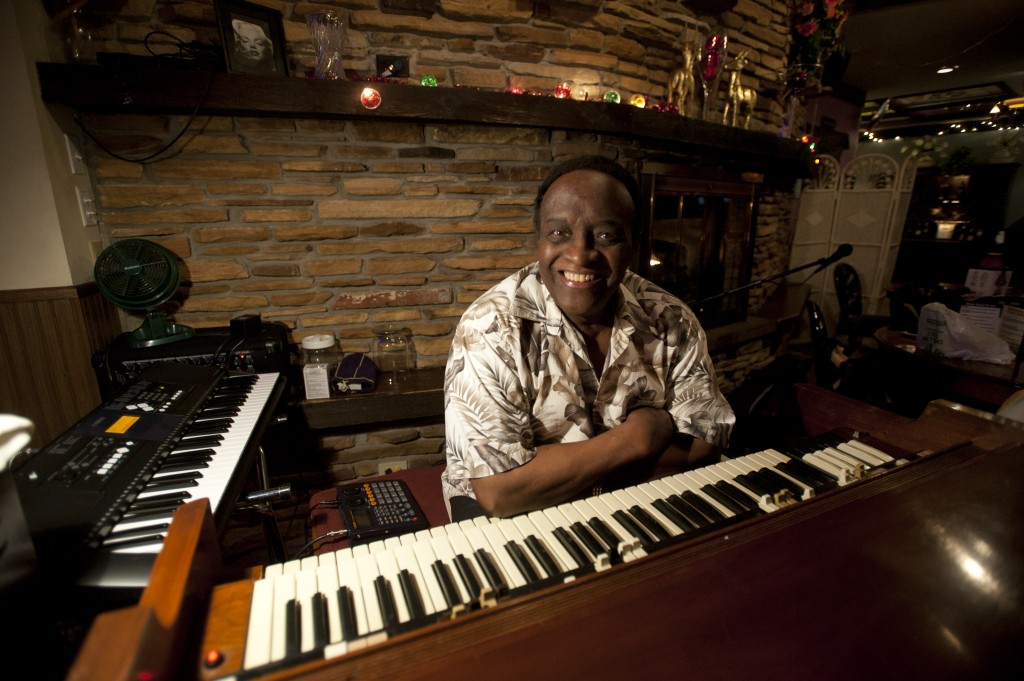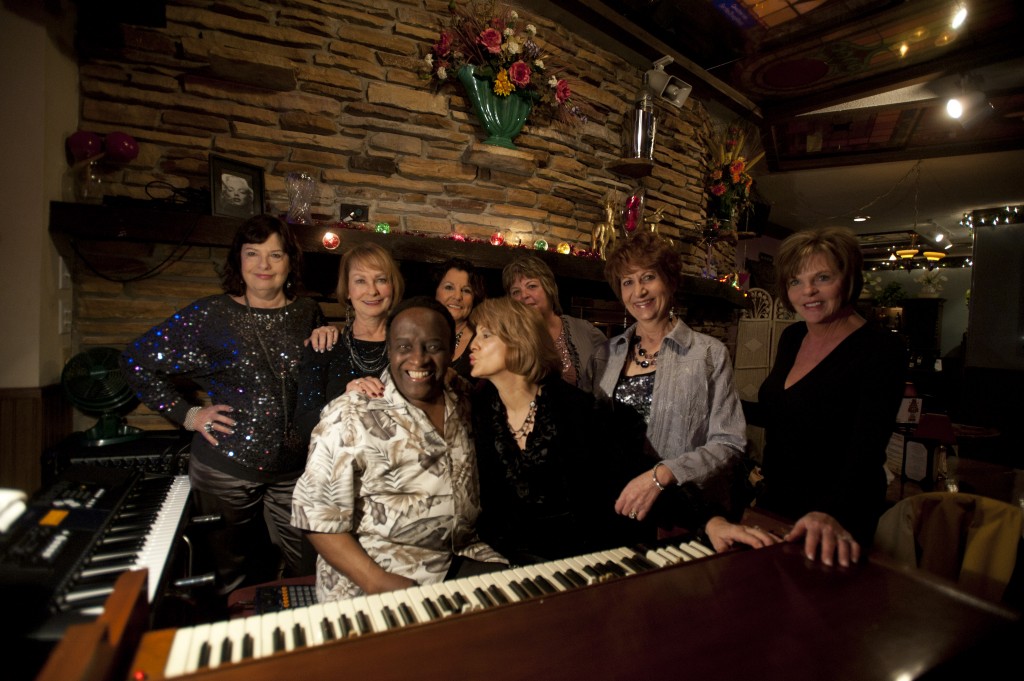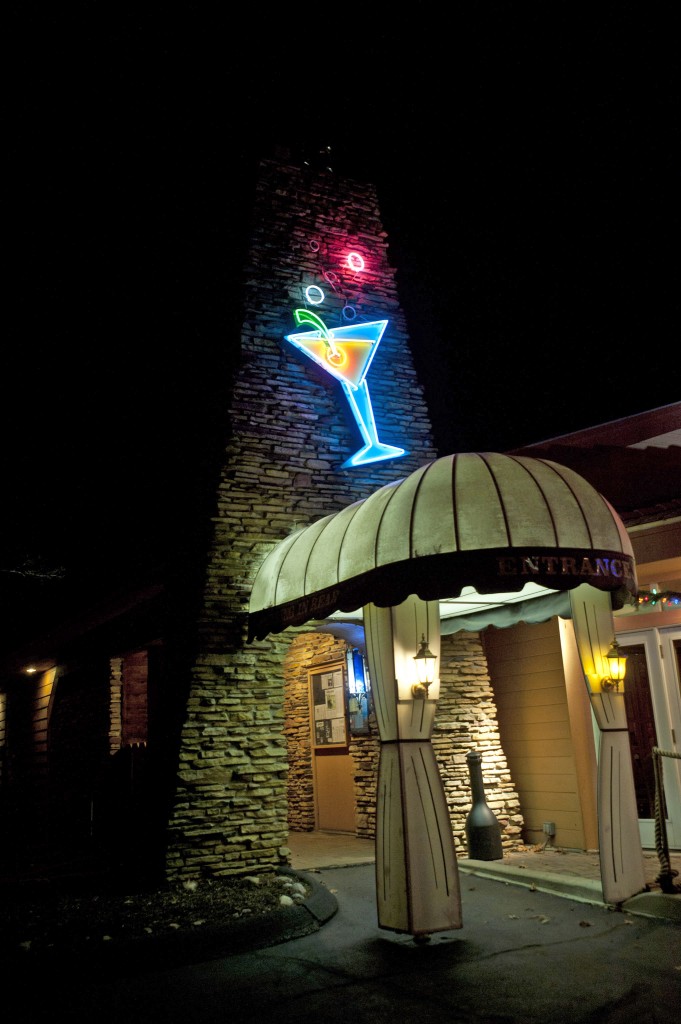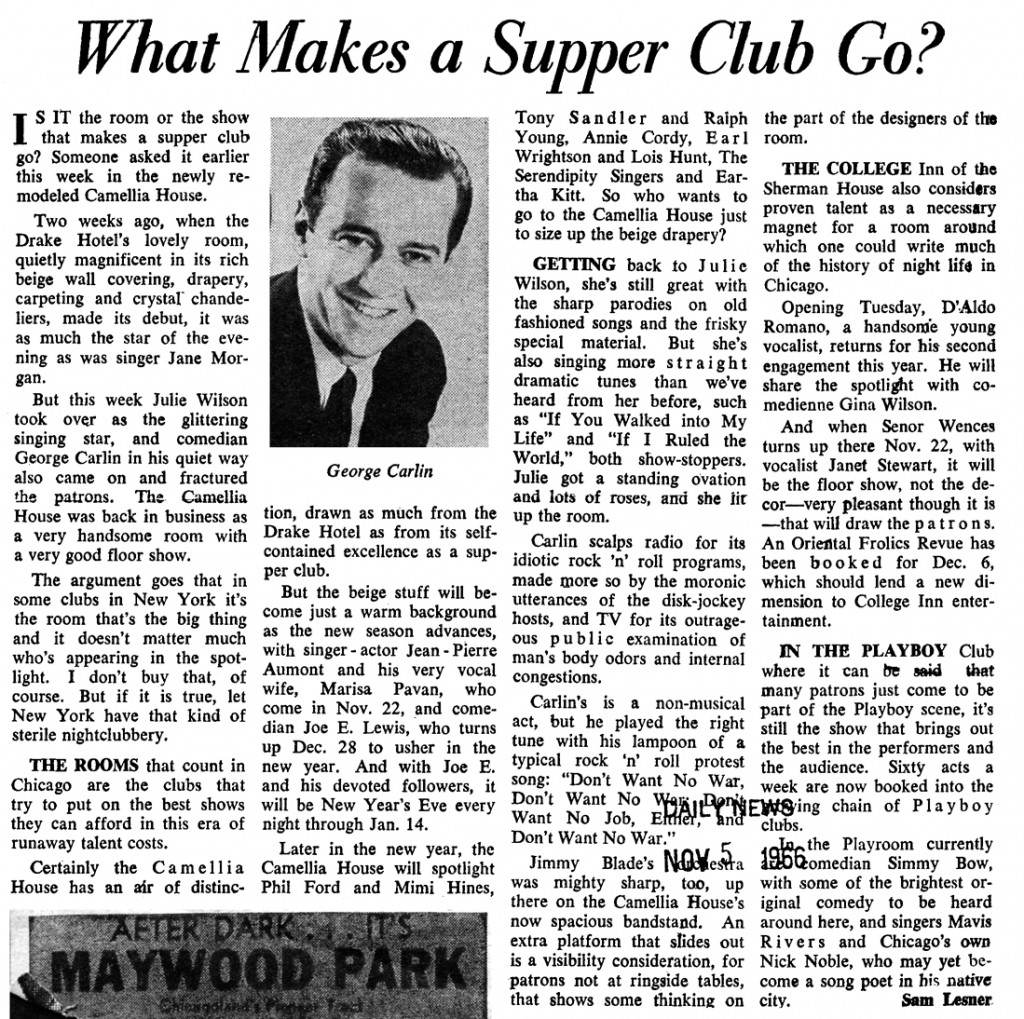Some scenes stick with you like a stamp on a picture postcard.
In March, 1989 the Chicago Sun-Times sent me to Los Angeles to cover the Grammy awards. After I filed my story I searched out Jack Sheldon, who was playing trumpet in a smoky North Hollywood supper club called Money Tree. I liked to find unusual and mostly unknown characters for my readers.
Special coins.
At the time Sheldon was best known as the Doc Severinsen/Paul Shaffer-like sidekick on “The Merv Griffin Show,” on which he appeared between 1970 and 1986. He had played on Tom Waits’ 1977 album “Foreign Affairs,” including the noir solo at the end of “Burma Shave.”
Dressed in blue jeans and an untucked black sport shirt, Sheldon sat with trumpet in hand on a stool behind a stand-up bassist, rhythm guitarist and a pianist at the Money Tree. His material was cut for the cocktail crowd, and yes there were supper clubby folks like Red and Susie from Portage, Wis., who were celebrating their 20th wedding anniversary. Sheldon sang a scat-drenched “Lover, Come Back to Me” for them. The tones from his horn were soft, yet declared.
The sound of a good marriage.
A couple of weeks ago after an appearance for my supper club book I stopped at Strictly Discs in Madison, Wis.
For $10 I picked up a vinyl copy of Sheldon’s “Playin’ It Straight” which featured Johnny Carson “Tonight Show” band members Tommy Newsom (alto and flute), Ed Shaughnessy (drums) and Joel DeBartolo (electric bass, although he plays acoustic on the 1981 Sheldon album.) Wasn’t the conversation, warmth and chatter of late night television in the 1970s just an extension of a heartland supper club?
While listening to “Playin’ It Straight” I went back to the cool shade of that night at the Money Tree.
Sheldon will turn 82 on Nov. 30.
The good old Internet had reported his death from complications of a stroke in June, 2011. The story was picked up by Jazz Times, which apologized and said he was living in Los Angeles.
He has done a lot since we talked in 1989.
Sheldon was the subject of an award winning 2008 documentary “Trying To Get Good: the Jazz Odyssey of Jack Sheldon” (which features interviews with Billy Crystal, Clint Eastwood, Merv Griffin and others) and in 1996 provided voices on “The Simpsons.”
In 2000 and 2001 he did voices for the animated “Family Guy” television series. He was the train engineer on the “Schoolhouse Rock!” grammar song “Conjunction Junction” and later on “Family Guy” parodied himself on a sex-education skit by singing “Vagina Junction.”
Sheldon has five children and has lost two of them: daughter Julie died in a 1979 airplane crash and son Kevin died of cancer in 2003.
I was interested in seeing Sheldon in 1989 because I knew he had worked the Playboy Club circuit with Mort Sahl and Lenny Bruce and during the mid-1950s he appeared at Mister Kelly’s in Chicago.
Hugh Hefner has told me the Playboy Club was a supper club and I would consider Mister Kelly’s an urban supper club. At Mister Kelly’s Sheldon played the comic foil between sets by singer Julie London and pianist Bobby “Route 66” Troup at Mister Kelly’s, now the site of Gibson’s steak house.
I love Route 66 as much as I love supper clubs.
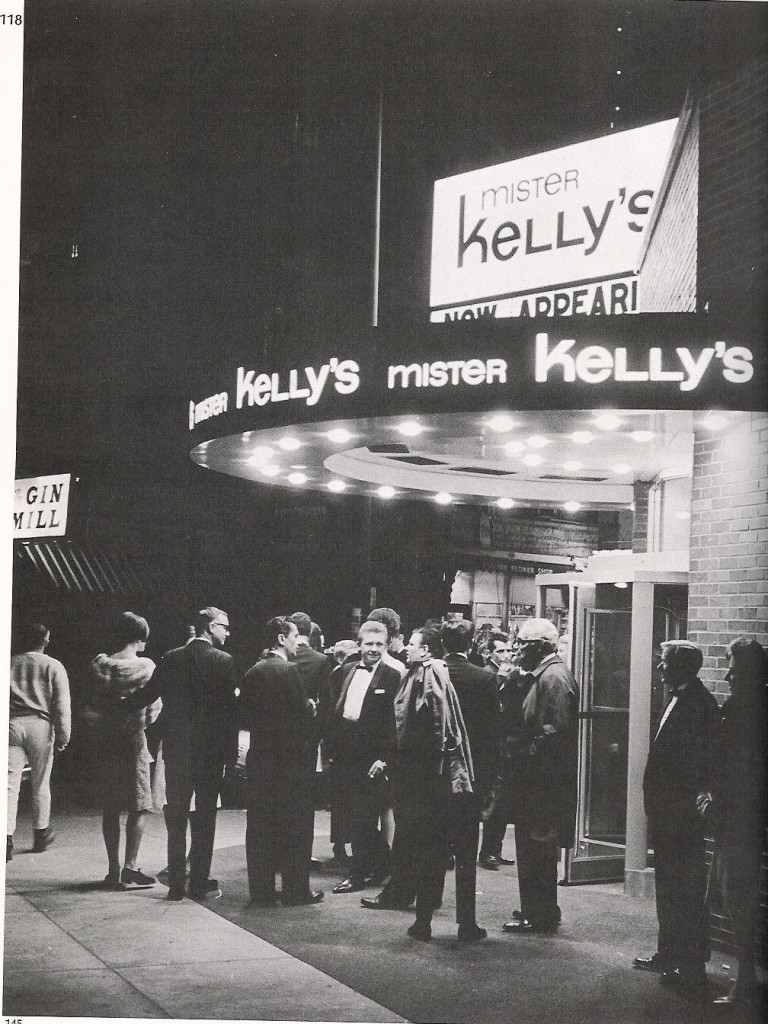
London always would stop in the middle of her act and ask Sheldon for a cigarette. He’d grab a cigarette for himself, get a second cigarette for London and stick both of them in his mouth. After he lit them, London would say how Sheldon looked like a walrus.
It was that oddball style of understated humor that got Sheldon his Griffin gig.
Sheldon knew little of the 1989 Grammy festivities when I talked to him between sets.
He did know that his mentor, Dizzy Gillespie, was being honored with a Lifetime Achievement Award. Sheldon said Gillespie and singer Sarah Vaughan occasionally stopped by the Money Tree to catch his act.
“I was working at a candy store at the Central Market in downtown Los Angeles when I met Dizzy,” Sheldon recalled. “It was 1947. I was 14 years old. I had just come to town from Jacksonville, Fla. and Dizzy sounded strange to me. He hit those funny notes. I was used to (the more conventional styles of) Roy Eldridge and Bunny Berigan.
“Then I saw Dizzy’s Things to Come Big Band at the Million Dollar Theater. It was a brand-new sound. My whole life changed. He wore a beret and dark glasses and had a goatee. I did all that stuff. I carried my horn in a bag.
“I wanted to be hip at all costs.”
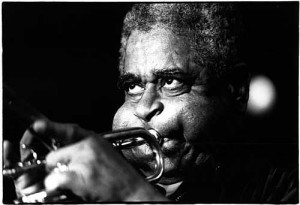
Sheldon made some timely moves. He grew up with “cool-school” trumpet player Chet Baker, who blew horn in a light and lyrical style. Baker died in 1988 after falling from a hotel window in Amsterdam.
“We had a little rhythm section and we’d drive around Los Angeles in a big Pierce-Arrow hearse,” Sheldon said. “We bought that so we could fit the bass in it. Every time we’d go out at night to play somewhere, the cops would stop and search us. It became a ritual. We looked so suspicious.”
Sheldon went on to play with the small big bands of the 1950s. He gigged with Stan Kenton in 1958 and Benny Goodman in 1959. “With Stan, there would be five horns playing as loud and as high as we could play,” he said. “He’d be standing out there going, `More, more,’ and guys would be passing out.
“I always said Stan Kenton held the record of sidemen suicides. (Trombonist) Frank Rosolino shot himself. Bud Brisbo shot himself. (Singer and former Mrs. Kenton) Ann Richards shot herself. Art Pepper kept shooting himself over and over again. It’s kind of a little act.”
Sheldon gave a gentle tweak, as we call it today. A bold jaw offset his squinty eyes and he had a dab of grease in his jet-black hair.
Sheldon credited the mid-’50s comedy at Mister Kelly’s for opening the door to his television career. Sheldon enjoyed bit parts on “I Spy,” and “The Edie Adams Show.” In 1966, he starred in his own television program, “Run Buddy Run,” a spoof of “The Fugitive.”
In 1989 he was also playing Sunday night gigs with Ross Tompkins, the “Tonight Show” piano player, at a Los Angeles club.
I asked him what sparked the sudden activity.
“A lot of drinking got in the way of my playing,” he answered in soft tones. “When I stopped drinking in 1985, it helped a lot. I always worked when I drank and I never drank when I worked. Merv put up with a lot of my stuff – like drunks and hangovers. One time, I was drunk in Las Vegas and (singer) Leo Sayer was sitting on a couch. I fell off the stage and knocked him off the couch. He wasn’t going to do the show. But Merv was supportive of me.
“I think I drank to get rid of feelings. I’d start drinking and stop feeling things. I had to give it up, go through the feelings and learn how to live sober. It’s not easy, but it’s better than living drunk. I go to (Alcoholics Anonymous) meetings each day. The fog is really just starting to lift.”

In 1988 Sheldon began studying trumpet again under former MGM first trumpeter and symphony instrumentalist Uan Rasey. “I’m slowly getting better,” he said. “Wynton Marsalis really inspired me to do both great jazz and symphonic stuff. I wanted to play better and more efficiently. I got a certain spark that I can do good. But I want to do more.”
Sheldon was always an evolving jazz musician who, without compromising his pacing, played with adventure. His searing tones have an authenticity and sense of sincerity, and that’s most certainly a supper club sound.
